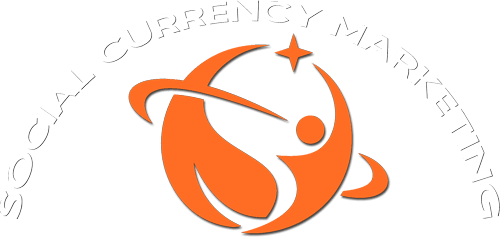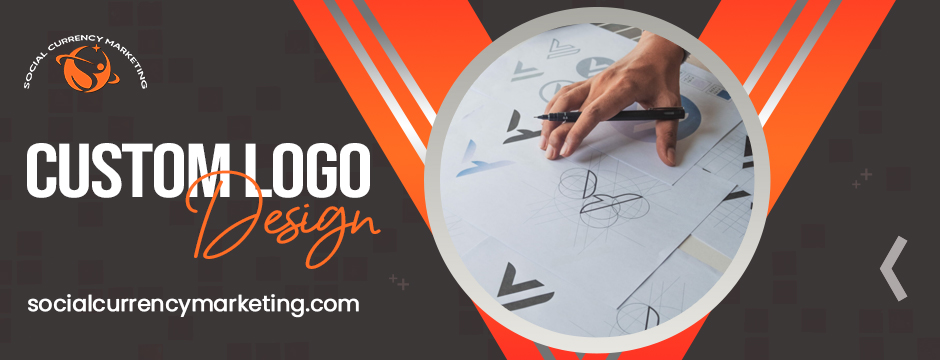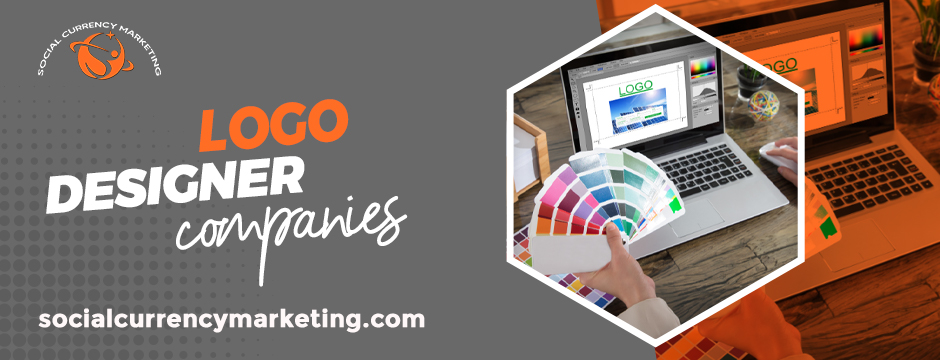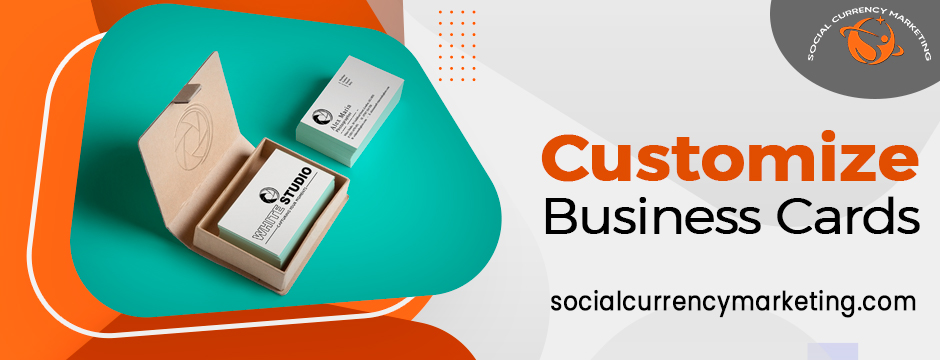In the world of logo design, every color and shape serves a purpose beyond aesthetics. Logos are visual representations of a brand’s identity, and they have the power to convey emotions, values, and messages. Understanding the psychology behind logo design, particularly how color choices and shapes influence perception, is essential for creating a logo that resonates with the target audience. In this blog, we will delve deep into the psychology of logo design, shedding light on the impact of colors and shapes, while also exploring how custom logo design can leverage these elements effectively.
The Power of Color
Colors are not just visually appealing; they are powerful tools for conveying emotions and establishing a brand’s identity. When selecting colors for a logo, it’s crucial to consider the psychological associations they carry:
1. Red: Bold and Energetic
The color red is often associated with strong emotions such as passion, energy, and excitement. It has the remarkable ability to grab attention and stimulate action. Consequently, many food and beverage companies, including iconic brands like Coca-Cola and McDonald’s, incorporate red into their logos to create a sense of urgency and excitement. When you see red, it ignites a spark of enthusiasm and the desire to engage.
2. Blue: Trustworthy and Calming
Blue is a color that exudes trust, reliability, and tranquility. It invokes a sense of calm and security, making it a popular choice for tech companies and financial institutions that aim to convey professionalism and confidence. Recognizable brands like IBM and Facebook strategically incorporate blue into their logos, reinforcing the idea that they are dependable and trustworthy. When you encounter blue, it often reassures and instills a sense of trust.
3. Green: Natural and Refreshing
Green symbolizes nature, growth, and health. It is widely used by eco-friendly and health-conscious brands to signify freshness and sustainability. Notable companies like Starbucks and Whole Foods embrace the color green to align their brands with the concepts of nature and well-being. Green is a color that soothes and rejuvenates, evoking feelings of harmony with the environment.
4. Yellow: Optimistic and Friendly
Yellow radiates positivity, optimism, and friendliness. It is a favorite choice for brands aiming to create a cheerful and approachable image. Brands like McDonald’s and IKEA skillfully harness the power of yellow to convey an inviting and happy atmosphere. When you encounter yellow, it tends to uplift your spirits and convey a warm welcome.
5. Black: Sophisticated and Timeless
Black is a color that exudes sophistication, timelessness, and luxury. It is often seen in fashion and high-end brands. Companies like Chanel and Prada rely on black to establish an aura of elegance and prestige. When you encounter black, it conveys a sense of exclusivity and sophistication, leaving a lasting impression of refinement.
6. Purple: Creative and Imaginative
Purple represents creativity, imagination, and innovation. It is a go-to color for brands seeking to stand out with a touch of artistry. Examples include Yahoo and Cadbury, who incorporate purple into their logos to symbolize imaginative thinking and originality. When you encounter purple, it sparks your creative imagination and inspires innovative ideas.
The Impact of Shapes
Shapes play a significant role in logo design psychology as well. Different shapes can elicit various perceptions and feelings:
1. Circles: Unity and Community
Circles symbolize unity, inclusivity, and a sense of community. They create a feeling of completeness and are often used in logos to foster trust and connection. When you encounter a circular logo, it conveys a sense of togetherness and inclusiveness, inviting you to be part of a cohesive whole.
2. Squares and Rectangles: Stability and Order
Squares and rectangles represent stability, order, and balance. They convey a sense of structure and reliability, making them suitable for corporate logos. When you see a square or rectangular logo, it suggests a solid foundation and a commitment to maintaining order and consistency.
3. Triangles: Dynamics and Aspiration
Triangles suggest dynamics, direction, and ambition. They are commonly found in logos of businesses that aim for growth and progress. A triangular logo often implies forward momentum and the pursuit of higher goals, encouraging you to aspire and move forward.
4. Curves and Spirals: Creativity and Flow
Curved shapes and spirals evoke creativity, movement, and flow. They are often chosen by brands that want to express flexibility and innovation. When you encounter logos with curves and spirals, they inspire a sense of free-flowing creativity and adaptability.
5. Geometric Shapes: Precision and Modernity
Geometric shapes convey precision, modernity, and efficiency. They are favored by tech companies and those striving for a futuristic image. Geometric logos imply a commitment to precision and innovation, resonating with a contemporary and forward-looking audience.
Custom Logo Design: Leveraging Psychology for Impact
When working with logo designer companies or seeking to customize business cards, understanding the psychology of logo design is invaluable. It enables you to communicate your brand’s essence effectively, creating a lasting impression on your audience.
A skilled logo designer takes into account your brand’s identity, target audience, and industry while making informed choices about colors and shapes. They aim to align the logo’s visual elements with your brand’s values and objectives, ensuring that it resonates with the desired emotions and perceptions.
Wrapping Up
In conclusion, the psychology of logo design is a fascinating and essential aspect of creating a memorable and impactful logo. By strategically choosing colors and shapes, custom logo design can effectively convey the essence of a brand, leaving a lasting impression on customers and prospects. Whether you’re launching a new brand or revamping an existing one, consider the psychological impact of your logo’s design choices, and watch how it influences perception and engagement.
Want to find out more? Visit us at Social Currency Marketing!



